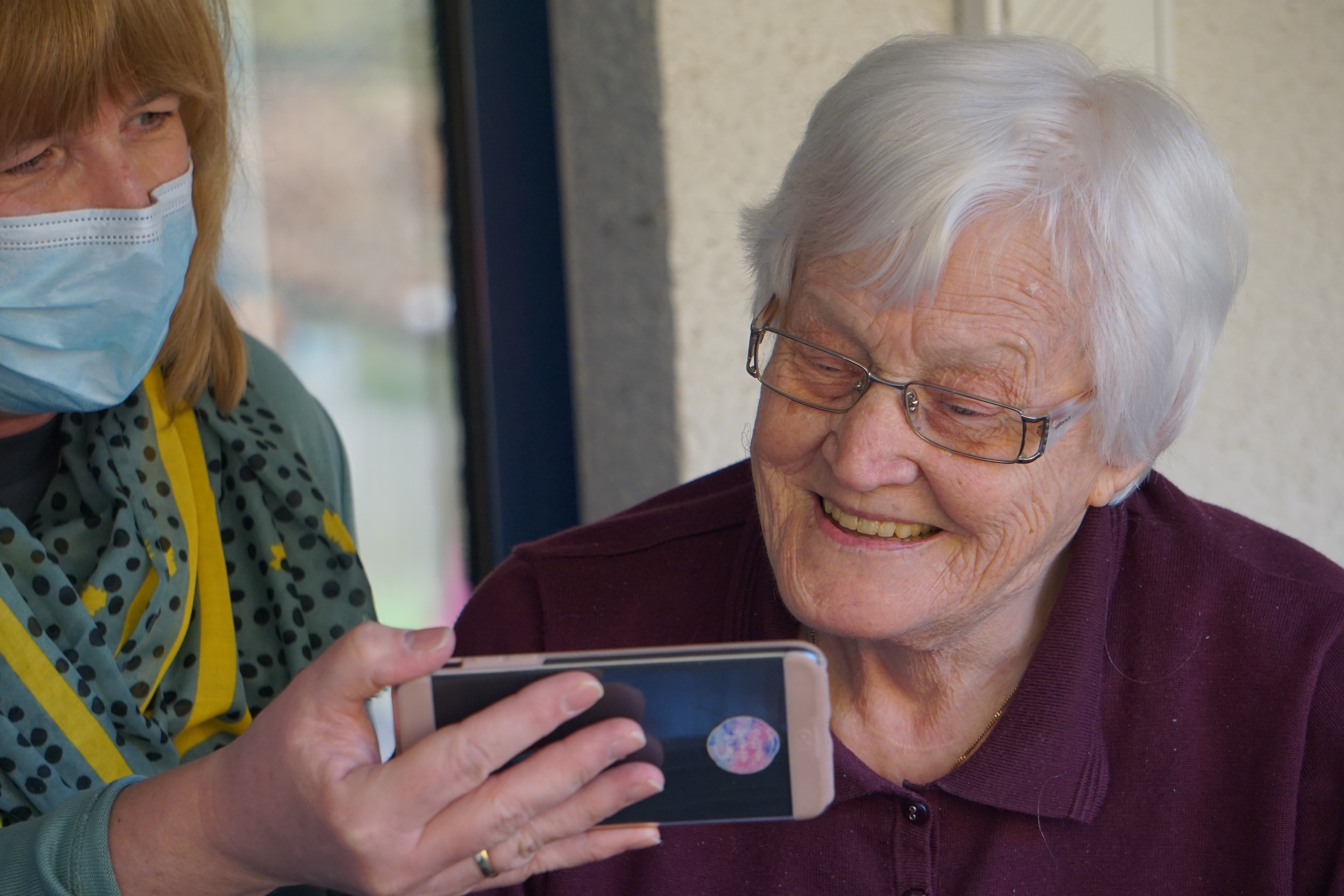
Ways to Help Patients with Mobility Issues
April 28 2020
From Home Modifications to Emotional Needs, Caregivers Play an Essential Role in Caring for Patients with Mobility Issues
Caring for patients with mobility issues presents a unique set of challenges. These mobility problems can stem from a variety of causes, such as an injury, a chronic condition like muscular dystrophy or Parkinson’s, an amputation or the kind of limited mobility that comes with old age. As with any condition, treating and dealing with mobility issues should be considered part of individualized care, where you address a patient’s disabilities and abilities on an individual basis.
Here are the ways you can assist patients with mobility issues.
Assessing for Mobility Aids
Begin by assessing the current mobility situation. Can your patient’s mobility issues be improved upon with the addition of a mobility aid? Or, could changes in the type of mobility aid improve their quality of life and sense of independence? Consider whether these mobility aids could help your patient:
- Cane
- Walker
- Wheelchair
- Swivel seat cushions
- Risers for chairs or sofas
- Transfer discs or boards for help the patient slide in and out of bed
Suggesting Home Modifications
The second step in assessing the mobility situation is to look at modifications that can be made to the home. Making modifications to the home can make it easier to ambulate about the home, providing the patient with a greater sense of independence. Some modifications are minor while others may be a larger project. However, the point of modifying a home is to allow the patient to continue to live at home comfortably and safely. Here are some modifications you could suggest that family makes to the home for the patient:
- Installing grab bars in the bathrooms
- Rearranging furniture to provide a safer and/or more direct path
- Removing or pinning down rugs
- Removing clutter from floors to avoid tripping and falling
- Installing additional light fixtures in dark areas or changing out to brighter bulbs
- Installing ramps over existing steps and door thresholds
- Installing banisters next to stairs or steps that do not currently have them
- Widening doorways for wheelchairs
- Installing showers in place of tubs, installing a walk-in bathtub or reducing/removing any large step into a shower to make it easier to step/wheel into the shower
- Moving often used items in the kitchen, such as plates and cups, to a location where they are within easy reach
- Moving the bar in the closet down to make clothing easier to reach
Helping with an Exercise Regimen
Exercise can help improve flexibility and sense of balance. A physical or occupational therapist from the team will prescribe and assist with appropriate exercises. Other members of the care team may assist at their request and can also help by encouraging patients.
Providing Emotional Care
For those newly experiencing mobility issues or even a change in mobility, it can be quite upsetting, frustrating and even can cause depression. It’s important to make note of body language and mood cues, especially if your patient is disinclined to talk about their feelings. Make sure to ask them to express any of their concerns or if they have any questions to help get them to open up. Give reassurance, encouragement and support when needed.
Assisting with Mobility and Transfers
Remember that you shouldn’t just jump in and help without asking. Even if your patient can’t move without your assistance, be respectful by asking if they are ready to receive your help. If your patient just needs assistance while moving, offer your assistance first; and if you notice they are having a harder time for the day, acknowledge to them that you know they may be having a rough day, that it’s okay and that is what you are here for if they are ready for your help. And don’t forget proper body mechanics when you are transferring your patients.
Educating Family Caregivers
Finally, it is important that you educate family caregivers on how they can help their loved one on a daily basis. If they must assist in transfers, be sure to teach them proper body mechanics. Also ensure that family caregivers are assisting with or doing the daily living tasks that are considered heavy loads, such as laundry, groceries and taking out the trash. It is also key that you teach family caregivers the signs of depression and frustration. We are all human and a patient is more likely to take their frustrations out on a family member, so it is key to prepare family caregivers for the possibility.





